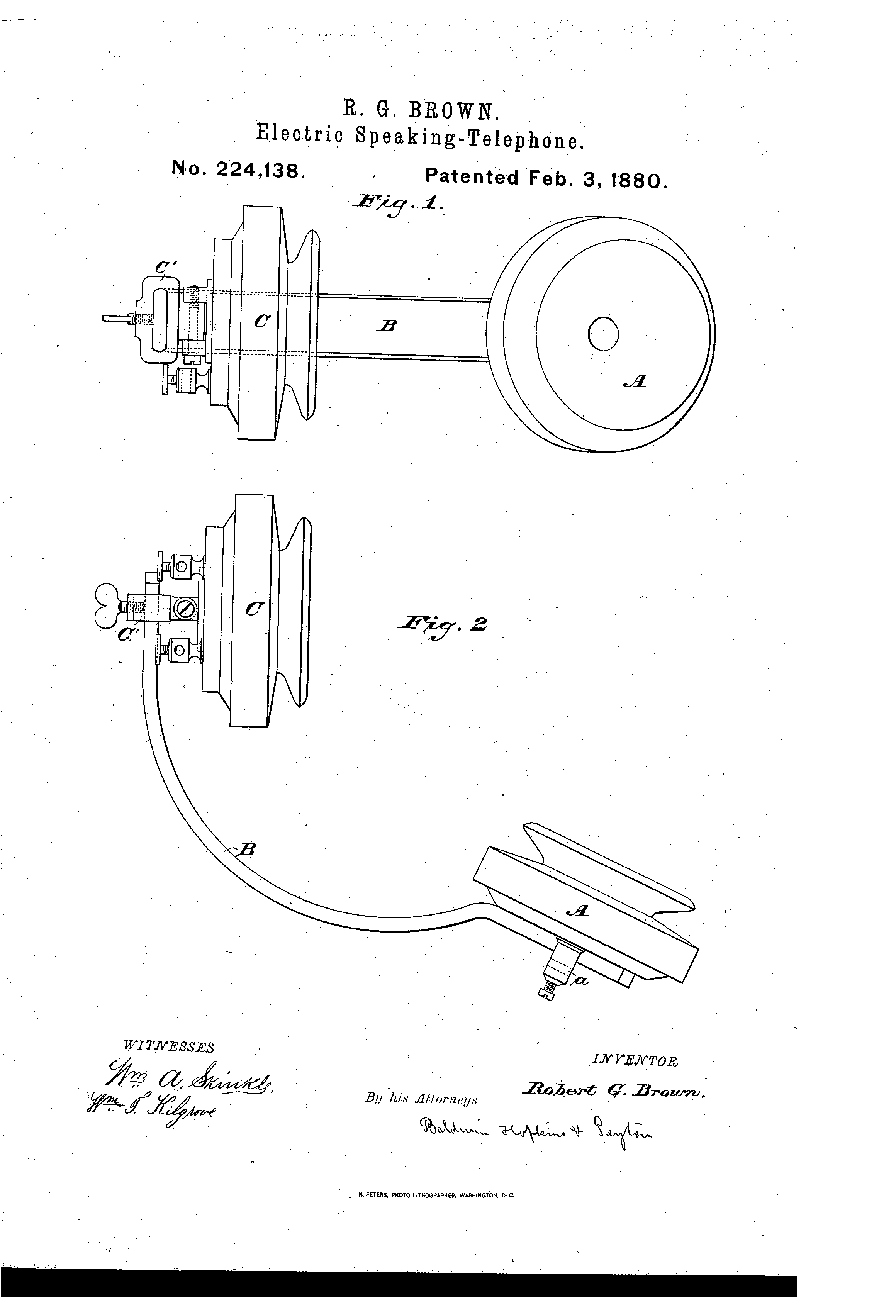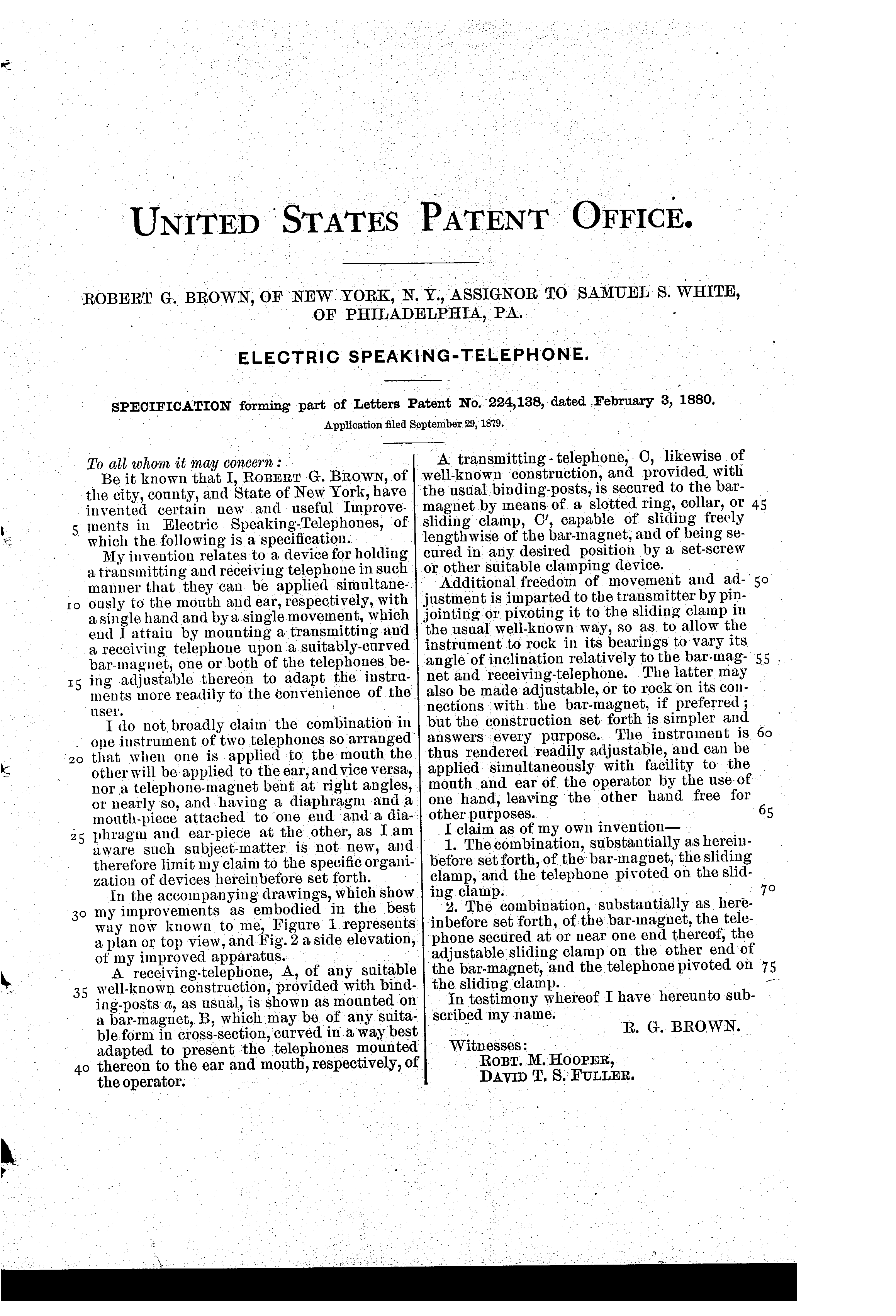- Published on
The meaning of the word "Speaker"
- Authors

- Name
- Jack Youstra
- @jackyoustra
This last week, I've been working on a particularly pernicious bug in NanoFlick. Following the advice for how to handle AirPods audio, I switched the audio category to .playAndRecord, with the options .allowBluetoothAP and .mixedWithOthers. This worked great, except for one thing: when I went to the capture screen to record a shot and looked at the other shots without AirPods in, the audio would play... quieter. It would still certainly play, but at something like 25% volume.
This was really strange - it happened only on the capture screen, and only when I enabled the AirPods.
My first step was figuring out how the audio session was changing at any point in my app. There's a notification every time the audio route changes - hooking into that was sufficient for my purposes.
// Somewhere in appDidFinishLaunching...
NotificationCenter.default.publisher(for: AVAudioSession.routeChangeNotification)
.sink { (note) in
print("Route change. Reason: \(note.userInfo?[AVAudioSessionRouteChangeReasonKey].map { AVAudioSession.RouteChangeReason(rawValue: ($0 as! NSNumber).uintValue) }))\n previous route: \((note.userInfo?[AVAudioSessionRouteChangePreviousRouteKey] as? AVAudioSessionRouteDescription)?.description)\ncurrent route: \(Optional.some(AVAudioSession.sharedInstance().currentRoute)?.description)\nroute options: \(Optional.some(AVAudioSession.sharedInstance().category))\nroute categoryoptions: \(Optional.some(AVAudioSession.sharedInstance().categoryOptions))\nroute available: \(AVAudioSession.sharedInstance().availableCategories)")
}
There wasn't any distinction in the logs in the runs between me setting the audio category (airpods, but quiet) and not setting the audio category (no airpods, good volume) - the only distinction was in the audio category options settings. The low-volume run had [.allowBluetoothAP, .mixWithOthers], and the high-volume run had [.defaultToSpeaker]. The default to speaker seemed to be a toggle between whether the audio should default to the phone speaker or allow bluetooth - it couldn't be the cause of the problem, because the volume was high on the other screens. I took out the .allowBluetoothAP option, expecting the audio to go back to normal, but no! I now had nonworking airpods, AND low volume. What could be the problem?
After a while playing with different option settings, I changed the setting to [.allowBluetoothA2DP, .defaultToSpeaker], and everything worked! The audio was loud, and the airpods worked.
But why did this do the trick? Why didn't defaulting to speaker cause the AirPods to be pre-empted? Why did .defaultToSpeaker cause the audio to be loud, but only on the screen where I had a recording session running?
I looked at the documentation of the AVAudioSession.CategoryOptions enum to see what the options were doing, and found this:
@var AVAudioSessionCategoryOptionAllowBluetoothA2DP
Allows an application to change the default behavior of some audio session categories with
regard to whether Bluetooth Advanced Audio Distribution Profile (A2DP) devices are
available for routing. The exact behavior depends on the category.
AVAudioSessionCategoryPlayAndRecord:
AllowBluetoothA2DP defaults to false, but can be set to true, allowing a paired
Bluetooth A2DP device to appear as an available route for output, while recording
through the category-appropriate input.
AVAudioSessionCategoryMultiRoute and AVAudioSessionCategoryRecord:
AllowBluetoothA2DP is false, and cannot be set to true.
Other categories:
AllowBluetoothA2DP is always implicitly true and cannot be changed; Bluetooth A2DP ports
are always supported in output-only categories.
Setting both AVAudioSessionCategoryOptionAllowBluetooth and
AVAudioSessionCategoryOptionAllowBluetoothA2DP is allowed. In cases where a single
Bluetooth device supports both HFP and A2DP, the HFP ports will be given a higher priority
for routing. For HFP and A2DP ports on separate hardware devices, the last-in wins rule
applies.
Introduced in iOS 10.0 / watchOS 3.0 / tvOS 10.0.
Okay, so far so good, basically what you'd expect an "allow bluetooth audio" flag to do and no strange interaction effects. What about the speaker option?
@var AVAudioSessionCategoryOptionDefaultToSpeaker
Allows an application to change the default behavior of some audio session categories with
regard to the audio route. The exact behavior depends on the category.
AVAudioSessionCategoryPlayAndRecord:
DefaultToSpeaker will default to false, but can be set to true, routing to Speaker
(instead of Receiver) when no other audio route is connected.
Other categories:
DefaultToSpeaker is always false and cannot be changed.
Ah, so the speaker option is only for the play and record category. That would be why it had no effect on the other screens. But why did it cause the audio to be low volume? It seemed to me to confirm my belief, that this option would prevent the AirPods from working correctly, because instead of going to the connected receiver (the AirPods), it would go to the speaker.
I was wrong, though! The word "receiver" in Google's dictionary says
the part of a telephone apparatus contained in the earpiece, in which electrical signals are converted into sounds.
...


The original patent for a speaking telephone (1880!), with both a transmitter to speak into and a separate receiver to listen from.
.defaultToSpeaker doesn't mean default to the speaker device it means default to the speaker phone, instead of the non-speakerphone mode, as used in a classic phone call. This is presumably for VOIP apps, where you want to be able to emulate the low volume when taking a call - this is presumably why it's only active in the play and record category.
This one is a smidgen on me for not reading the docs closely enough, but I really doubt I would have realized that "receiver" meant "phone" and not "AirPods" without having already known the correct configuration. Oh well, hopefully this saves someone else the same trek.